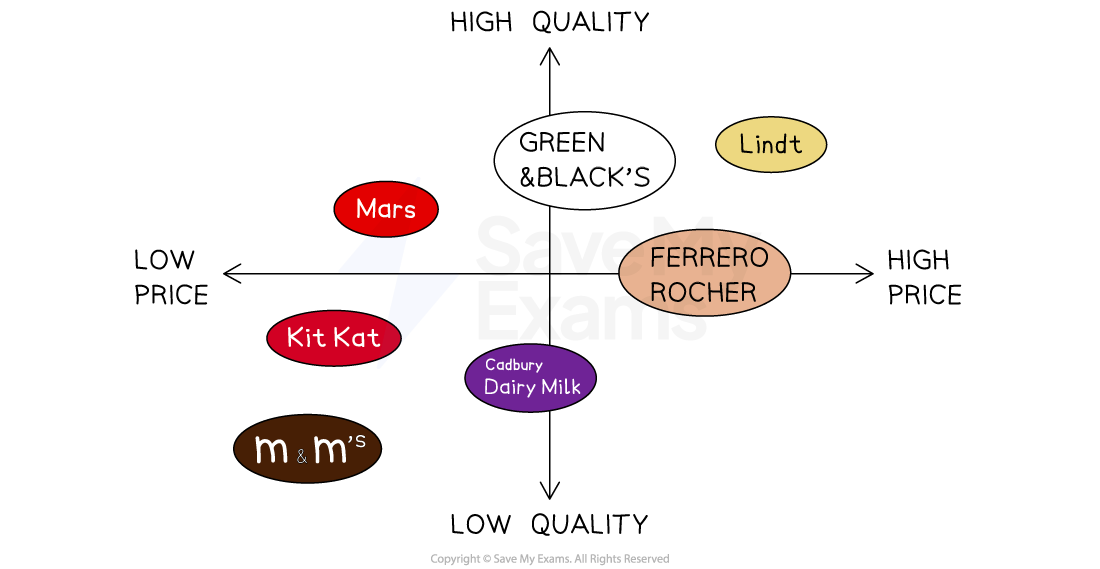Using Market Segmentation to Target Customers
- Market segmentation is the process in which a single market is divided into sub markets or 'segments'
- Each segment represents a slightly different set of consumer characteristics
- Firms often segment their markets according to factors such as geographical location, demographics, behavior and lifestyle, age or gender

Businesses can choose to segment markets in a variety of ways
- A market for a product such as crisps is not simply seen as one market e.g. the crisp market is divided up into many market segments such as
- Dinner party snacks (Walkers Sensations, Pringles, Burts) are targeted at middle to upper earners/professionals with a premium price
- Health conscious crisps (Walkers lite, Walkers baked, Revita lite) are targeted at the health conscious market
- Lunch box value snacks (multipacks, hoola hoops etc) are targeted at families and the mass market
The Advantages & Disadvantages of Market Segmentation
Advantages |
Disadvantages |
|
|
|
|
|
|
|
|
|
|


